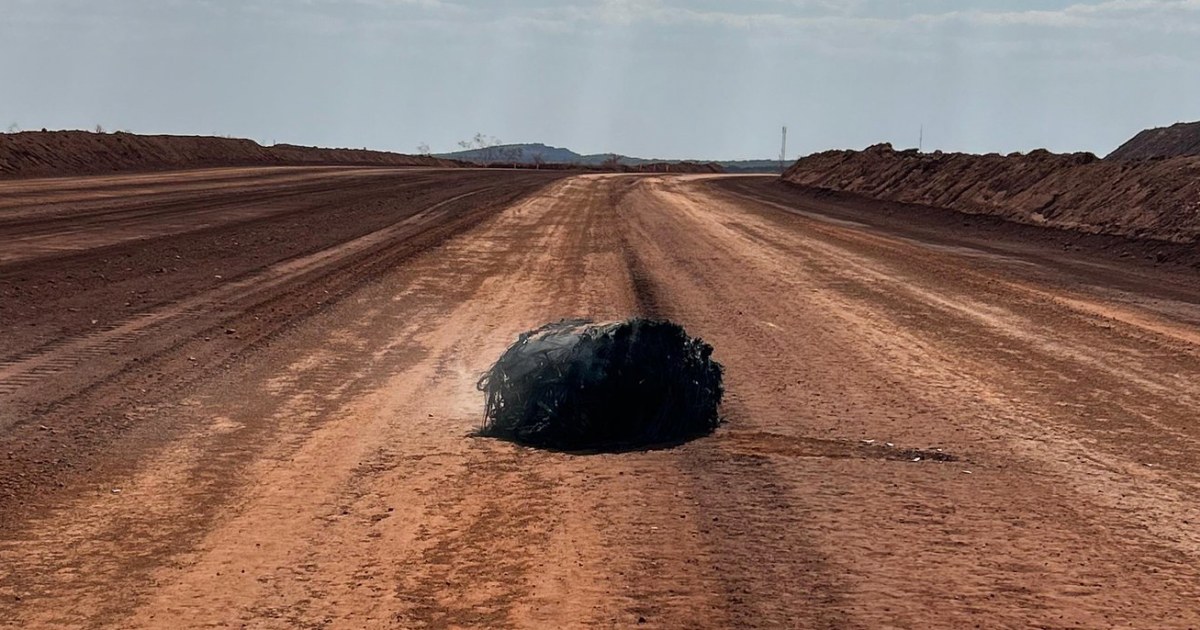
Space Debris Found in Australian Desert Triggers Multi-Agency Investigation
#space #debris #australia #investigation #aerospace
A chunk of suspected space debris discovered in Western Australia sparks a multi-agency probe into its origin.
## Overview The **Australian Space Agency (ASA)** is the national body responsible for coordinating civil space matters, supporting the growth of Australia’s space industry, and serving as the central hub for space policy, regulation, and international engagement within the country[5]. Established on July 1, 2018, the ASA operates under the Department of Industry, Science and Resources and is headquartered in Adelaide’s Lot Fourteen innovation precinct[1][8]. Its mission is to advance Australia’s position in the global space economy, inspire the nation, and foster a future-ready space workforce[5]. ## History Australia’s space journey began in the late 1950s, notably with the launch of the Woomera Test Range, which played a pivotal role in early international space programs, including supporting NASA’s Apollo missions[6]. However, the formalization of a national space agency came much later. The Australian Space Office (ASO) was established in 1987 but was underfunded and short-lived[3]. By 2018, Australia was the only OECD country (except Iceland) without a dedicated space agency, prompting the government to launch the ASA[1]. The agency officially opened its Adelaide office in February 2020[1]. ## Key Achievements and Activities The ASA has quickly become a catalyst for the domestic space sector, aiming to triple the industry’s size and create 20,000 new jobs by 2030[1]. It manages civil space policy, regulates space activities, and provides funding opportunities, technical expertise, and international partnerships[5][9]. Notable initiatives include the establishment of a Spacecraft Mission Control Centre in Adelaide, a Robotics Mission Control Centre in Perth, and a National Space Test Qualification Network[1]. A landmark achievement is the 2021 agreement with NASA to develop an Australian-built rover for the Moon by 2026, marking Australia’s entry into lunar exploration[1]. The ASA also plays a

#space #debris #australia #investigation #aerospace
A chunk of suspected space debris discovered in Western Australia sparks a multi-agency probe into its origin.